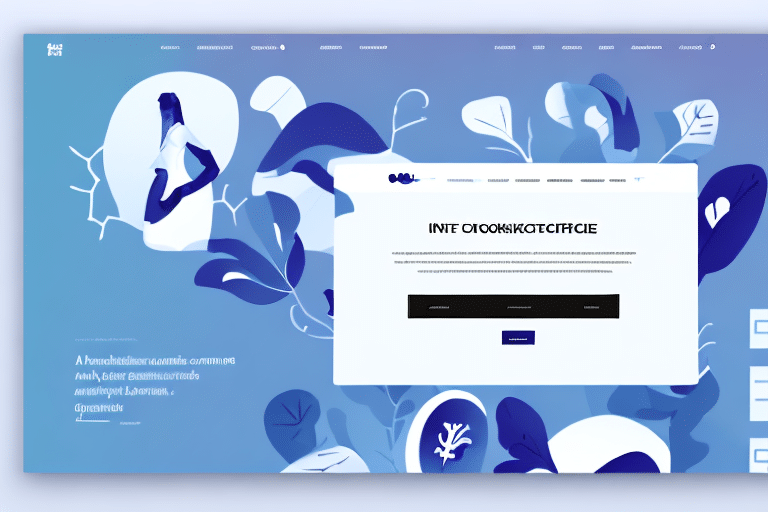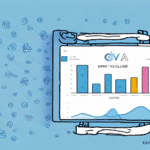Understanding the Importance of a High-Converting Checkout Page
The checkout page is the critical juncture where potential sales are either secured or lost. A well-optimized checkout process is essential for reducing cart abandonment and increasing conversion rates, ultimately driving more revenue for your ecommerce business. According to Baymard Institute, the average cart abandonment rate is nearly 70%, highlighting the need for effective optimization strategies.
Key elements of a high-converting checkout page include:
- Trust Signals: Display security badges, customer reviews, and a clear privacy policy to reassure customers.
- Multiple Payment Options: Offer diverse payment methods to cater to different customer preferences.
- Guest Checkout: Allow customers to complete purchases without creating an account to reduce friction.
Design Principles for a Successful Checkout Page
A successful checkout page design focuses on simplicity and intuitiveness. A clean layout with clear headings and well-organized sections can guide customers smoothly through the purchase process.
Minimizing Distractions
Remove unnecessary information and links that could divert attention away from the checkout form. The primary focus should be on completing the purchase.
Mobile-Friendly Design
With over 54% of ecommerce traffic coming from mobile devices (Statista), ensuring your checkout page is optimized for mobile is crucial. This includes legible font sizes, easily tappable buttons, and a streamlined layout.
Technical Optimization: Load Time and Performance
Page load time significantly impacts user experience and conversion rates. A delay of even one second can reduce conversions by up to 7% (Google).
Improving Load Times
- Compress images and utilize next-gen formats like WebP.
- Minimize the use of heavy plugins and scripts.
- Leverage browser caching and content delivery networks (CDNs).
Enhancing Website Performance
Optimizing your website’s code and ensuring server responsiveness are vital for maintaining fast load times, which not only improve user experience but also positively impact SEO rankings.
Simplifying the Checkout Process
A streamlined checkout process can significantly reduce cart abandonment rates. Simplifying the steps required to complete a purchase enhances user experience and encourages conversions.
Using Autofill and Reducing Form Fields
Implementing autofill options for customer information and minimizing the number of required form fields can expedite the checkout process, making it less daunting for customers.
Offering Multiple Payment Options
Catering to diverse customer preferences by providing various payment methods, such as credit cards, PayPal, and digital wallets, increases the likelihood of completing a sale.
Clear Cost Transparency
Displaying the total cost, including taxes and shipping fees, upfront prevents unexpected charges that can deter customers from finalizing their purchases.
Reducing Cart Abandonment Rates
Cart abandonment remains a significant challenge for ecommerce businesses. Addressing the common causes can help mitigate this issue and recover potential lost sales.
Implementing Retargeting Strategies
Use retargeting through email marketing, social media, and display ads to remind customers of the items left in their carts and encourage them to complete their purchases.
Enhancing Customer Service
Providing live chat support and responsive customer service can address any concerns customers have during the checkout process, reducing the likelihood of abandonment.
Optimizing Shipping Options
Offering free shipping or clearly communicating shipping costs early in the process can eliminate one of the primary reasons for cart abandonment.
Leveraging Trust and Social Proof
Building trust and utilizing social proof are powerful strategies to boost conversion rates on your checkout page.
Displaying Trust Signals
Incorporate SSL certificates, security badges, and transparent privacy policies to reassure customers about the safety of their transactions.
Showcasing Customer Reviews
Featuring authentic customer testimonials and reviews can enhance credibility and influence purchase decisions.
Utilizing Social Media Proof
Highlighting your brand’s social media presence, such as follower counts and social shares, can further validate your business’s reliability.
Optimizing Your Payment Gateway
The payment gateway is the final step in the checkout process, making its optimization crucial for seamless transactions.
- Integration: Ensure your payment gateway integrates smoothly with your ecommerce platform.
- Security: Choose gateways that offer robust security features to protect customer data.
- Variety: Provide multiple payment options to accommodate different customer preferences.
Personalizing the Checkout Experience
Personalization can enhance the customer experience and increase conversion rates by making the checkout process more relevant to individual users.
Personalized Product Recommendations
Suggesting products based on previous purchases or browsing behavior can encourage additional sales.
Customized Messaging
Use personalized messages and offers to engage customers and make them feel valued.
Dynamic Content
Adapt the checkout experience based on user data, such as location or device, to provide a more tailored experience.
Strategies for Recovering Lost Sales
Implementing effective strategies to recover lost sales can significantly impact your overall revenue.
Cart Abandonment Emails
Send follow-up emails to customers who have abandoned their carts, reminding them of their pending purchases and offering incentives to complete the transaction.
Best Practices for Abandonment Emails:
- Use compelling subject lines to increase open rates.
- Include clear calls to action.
- Consider offering discounts or special offers as an incentive.
Exit-Intent Popups
Deploy popups that trigger when a user is about to leave the site, offering discounts or reminders to complete their purchase.
Retargeting Ads
Utilize retargeting ads to reach customers who have previously visited your site and encourage them to return and complete their purchase.
Conclusion
Optimizing your ecommerce checkout page is essential for increasing conversion rates and driving sales. By focusing on design principles, technical performance, simplifying the checkout process, reducing cart abandonment, leveraging trust and social proof, optimizing payment gateways, personalizing the experience, and implementing strategies to recover lost sales, you can create a seamless and effective checkout experience for your customers. Implementing these best practices will not only enhance user satisfaction but also contribute to the sustained growth of your ecommerce business.






















